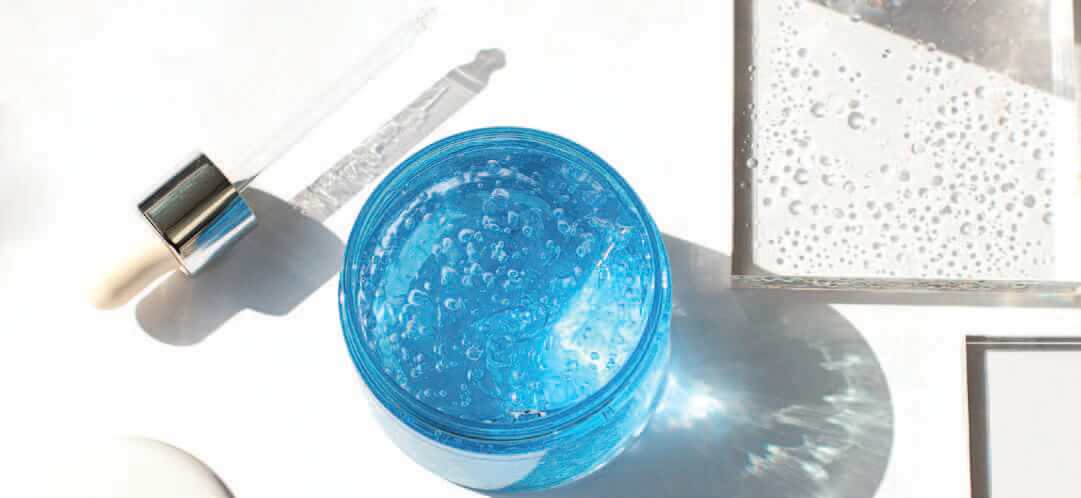Author’s Note:
What is this multi-faceted active ingredient we talk so much about for the skin’s youthful appearance? This natural element of the epidermis sees its stock gradually diminish over time, reaching only 50% of its capital at the age of 50, causing premature ageing of the skin. Why is it useful for us to renew the hyaluronic acid in our tissues? How can you incorporate it into your nutricosmetic solutions?
Hyaluronic acid in the body
It is an essential constituent of many tissues and physiological fluids. For example, the dermis contains half of the human body’s total hyaluronic acid. Isolated for the first time in 1934 by Meyer and Palmer, this element was long considered to be a filling material of little interest, but it has now been shown to play a decisive role in many physiological mechanisms:
– It is one of the main constituents of the extracellular matrix of connective tissue, where it helps to maintain hydration thanks to its great capacity to retain water.
– It influences many important cellular processes: activation of macrophages and granulocytes, protection, proliferation, differentiation and cell migration.
Production turning to biotechnology
The first industrial productions were carried out by extraction from the cock’s crest.
In recent years, production has turned to biotechnology, and much of this acid is now produced by fermentation. These biotechnologies make it possible to avoid using animal derivatives in cosmetics and pharmaceutical products.
Certain micro-organisms, in particular Lancefield streptococci A and C, are a source of hyaluronic acid. These lactic bacteria have the capacity to produce this active ingredient, which is an essential constituent of their capsule. This extracellular production is in fact a natural defence mechanism against specific conditions.
Whatever its origin, the chemical structure of the polymer is the same (identical molecule). The ability of hyaluronic acid to retain water leads us to take a closer look at the phenomenon of hydration and its role.
Protected Content
This article is only available to subscribers. Please log in below or subscribe here to get full access to all articles and issues.
To unlock this article and all other digital articles subscribe here




